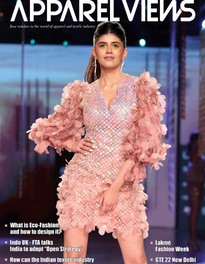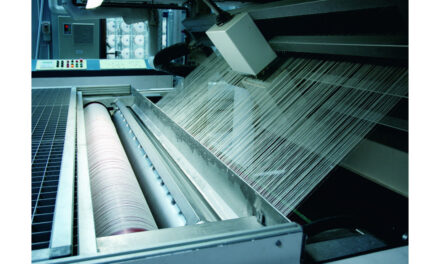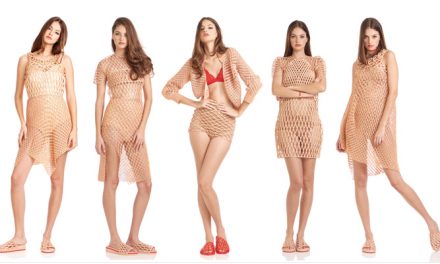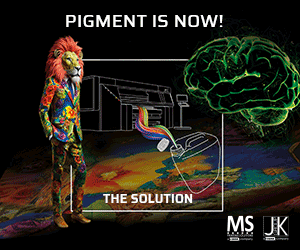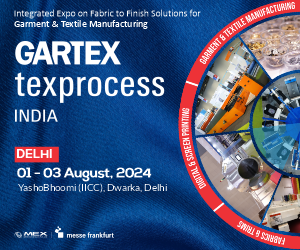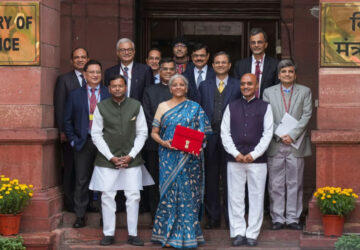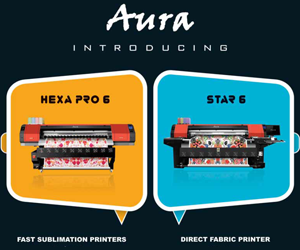Dating back, in 18th century raw materials have to be sourced by an individual which will be later made into a textile material by the process of weaving. The major lead took during the 19th century Industrial revolution which bought in machineries, dress shops were dresses were customised for an individual customer. Sweatshop culture began. These are factories that employ huge volumes of employees to work in a restricted unfair condition for cheap labour which further lead to various accidents.
In New York during the period 1911 a fire broke in a garment factory, that killed more than 146 workers, women being the majority. During the 1960-70, clothing gained so much momentum that the identity of an individual and his status was estimated from the dresses and accessories he wore. High fashion and street fashion were popular terminologies in that era. Need for clothing unfolded several times. The indoor, outdoor, sports, party, bridal, maternity, lingerie lines were growing along with the summer, winter and sleep wear. This increased the need for more fabrics, sourcing from around the world, different construction methods and in affordable price. Cheap labour was essential and developing countries like India and Bangladesh was offered a chance to create a self-inflict wound on themselves through this opportunity. High production and low wages, poor working conditions, long working hours, sexual harassment and child labour was prominent in the industry. In a locality where employment was nil and agriculture was depleting, this job providing sector, was grabbed by the civilians without a second thought. The hard way of making money is the only available solution to those people with majority being women and children. This was considered a regular nature of these sweatshops until one day, the biggest collision happened.
It began like a normal day, on the 24 April 2013 in Rana plaza, Bangladesh which has the biggest garment industry on an eight-storey commercial building previously they had reported them that the building had cracks and was not safe for work. But the workers have been forced to start the day. The building collapsed, killing 1134 and 2500 injured. This was the beginning when concerns on the quality of life/ wages of the labour were bought into limelight. People started questioning on wages paid for a 5$ T-shirt. It was during the period 1990-2000 fast fashion acquired its dimension by brands like Zara and H&M. They copied the designs from bigger fashion house and made garments at a very fast pace. These were cheaper than the original.
Consumer behaviour today
In today’s world every mood, occasion and stages in life is associated with textiles. The marketing strategy claims that buying new clothes cures mental depression, wearing new outfits for the smallest of a life event as mandatory, people become self-obsessed with these material possessions. Adding to the flame, internet is trending the social influencers who upload ‘Unboxing’, ‘new hauls’ and ‘first impression videos’ along with emotional impact that they create on the viewers, that make them vulnerable to this excessive shopping to meet the unwanted needs. The discount sale, annual clearance, end of sale, one plus one offer, buy two and take one free, vouchers, gift coupons, redeem points have made people shopping for clothes a habit rather than a purposeful activity. This second skin that one can chose is having a huge story and is more than just the cloth. People are very ignorant.
In UK 235 mn pieces are estimated to be sent to landfill by 2017. The excessive shopping culture, fast fashion, poor quality clothing are major reasons for the particular situation. This is expected to increase every year. In the current scenario landfill pollution is added to the already existing concerns with regard to air and water pollution. Today a huge increase in awareness can be seen among consumers. ‘Chose well’, ‘Buy less’, ‘Make it last’, ‘Less is more’ are very popular.
Production on the other hand is also brought under limelight as it consumes huge amounts of water and chemicals. Approximately 900kg of animal skin tanning uses 300 kilograms of chemicals. The industry is thriving on harmful chemicals and now, Government has given a space through funds and policies to take some serious action. Green Peace Revolution has bought in alarming effects in textile industry. The Detox Campaign focus on estimating the amount of chemicals in the textile/ fashion products. Fashion Revolution and Who Made My Clothes hashtag was so popular that it received a major adding value and human touch to the product. The Clean Clothes Campaign and Fair-Trade Organisation help in supporting the quality of life, wages, working hours, safety, women care centre and child support for the labourers.
Two faces of the coin ‘Fashion’
In a study on comparing the shopping trends in America from 1980 and now. It is estimated that the shopping has increased five times. It imports 1 bn garments from China every year. The clothing consumption in UK has been estimated to have increased by 37 percent from 2001 and 2005. These are important data to be considered as a pollutant that will end up in landfill soon. In a city 5-6 percent is textile, this number is a serious threat as it encompasses of materials that will not degrade and will be growing in every year. The Business of Fast Fashion, Detox: How People Power is Cleaning Up Fashion, Last Week Tonight with John Oliver and Fast Fashion: Sweatshops are four best videos on youtube which will help an beginner to understand about fast fashion.
The reason is, traditional fashion seasons are four summer, autumn, winter and spring, but in current day ‘fast fashion’, the clothing is updated every 4 to 6 weeks in some cases in between this period as well. The consumers are given an idea of new product, new display and crave for the same excitement every time they enter the store. This is cheap quality, low priced.
Fast Fashion
Fast fashion can be explained as inexpensive clothing, manufactured at cheap quality which are soon to end up as trash. They mainly focus on mass market and are done in huge volumes. It is a concept in retail business, which signifies design from ramp walk to trend in a swish. The extension of this concept is that product moves to the trash in the same speed. The popular brands like H&M, Zara, C&A, Peacocks, Primark, Xcel Brands, and Topshop use this philosophy of quick manufacturing at affordable price.
Fast fashion is also associated with disposable fashion as it produces product to mass market at low price. It has also bought in limelight on the working conditions of people in developing countries who are involved in textile processing and garment construction. Main objective of fast fashion is to promote more sales, that is more quantity in buying by offering goods at lower price. It refers to product made with low quality and available at cheap prices. The harmful side is the ecohazards posed by these products which are loaded with synthetics.
Fast fashion is products of low quality and tons of negative impact on environment. A new product is launched and once it reaches the saturation stage the next is introduced to the consumers. Primark for example has frequent visitors back in their store for their visual merchandising which creates an instant bridge in creating a visual appeal. Because 75 percent of the customer decides on buying within three seconds from seeing what is displayed. It makes consumers very happy as they are exposed to a new variety of clothing and buying it as a cheaper price is psychologically exciting. It gives a sense of accomplishment and a stress buster too. These are low cost clothing that are based on latest trends.
Companies with fast fashion concept enjoy 15 percent better sales compared to the competitors. Quick in manufacturing at an affordable price. Top brands like Zara and H&M has adopted this concept of fast fashion. Zara for example, is a global model in reducing the time from design to production. With the help of fast fashion, every year Zara is able to make, 30,000 textile items to 1,600 stores distributed in 58 countries. The update of new clothing (stock) is done twice a week. New minimal collection is launched every two months. This enables frequent visit of the customer to enjoy the display and promote ideas for buying more as each comes with a new tag, design theme and colour concept.
Fast fashion uses resources and depletes nature. The different fast fashion brands are Bershka, Bestseller, Boohoo.com, C&A, Charlotte Russe, Cotton On, Esprit, Fashion Nova, FIVE FOXes, Forever 21,Gap Inc., Giordano, Guess, H&M, Inditex, Mango (clothing), Massimo Dutti, Metersbonwe, Missguided, Miss Selfridge, Nasty Gal, New Look, New Yorker, Next, Oysho, Peacocks, Pretty Little Thing, Primark, Pull & Bear, Rainbow Shops, Renner, Riachuelo, River Island, Romwe, Shasa, Sheln, Stradivarius, Topshop, United Colors of Benetton, Uniqlo, Uterqüe, Urban Outfitters, Zaful and Zara.
Shift towards sustainability
Overconsumption has become like a disease in the society. The consumers psychology has been the centre of fashion studies where the mindset, attitude towards buying, awareness of product life cycle, the life of the purchased product are factors that are considered for survey. A lot of sustainable initiatives are also taken to create textile from new sources. AnkeDomaske for developing textile fibre from milk, sportswear from virus, high-tech sportswear from waste coffee bean grounds, fermented tea into vegan leather by Suzanne Lee. Companies like H&M, Viletex have taken initiatives to engage the public in the act of sustainability through recycling. They believe that this can be a measure to reduce the environmental impact. The garments donated by the consumers are used to make carpets, mops, mattress and garments.
Conclusion
Shopping used to be occasional. Today, people look out for buying clothes as a means of stress buster. Internet loaded with hastags like OOTD – meaning Outfit of the Day, installs a sense of pressure among the adolescent age group to buy the latest trends and create new looks. It is by sharing pictures and watch on the count of likes and comments, increased consumption of clothing has been fast spreading like a disease. Now slow fashion has begun to engulf fast fashion and replace it slowly. Lingerie’s, speciality clothing and kids wear are focused along with dresses for outwear, sportwear etc. The handmade slow fashion which is done by local craftsman, providing livelihood for the local men and women, rejuvenate lost arts and crafts, promoting artisan’s is the need of the hour.


